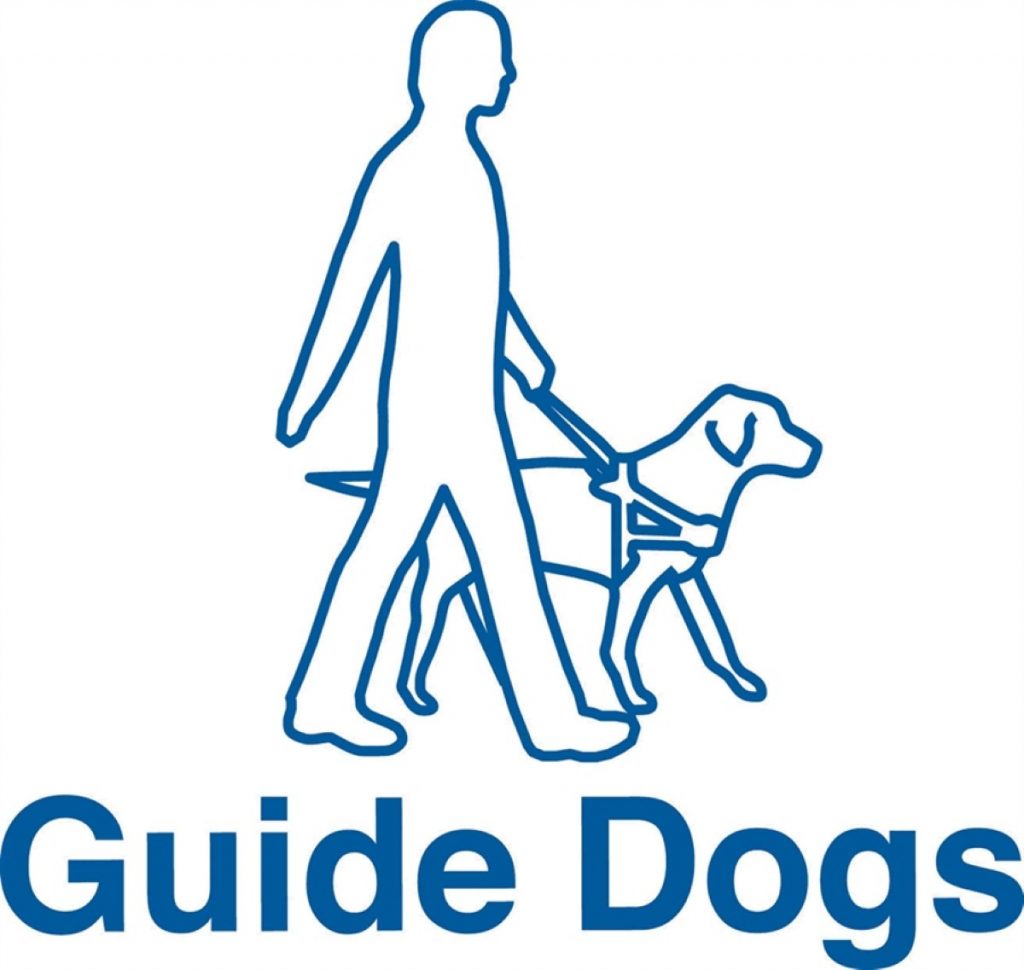Guide Dogs and the Royal Borough of Kensington and Chelsea join forces on Exhibition Road project
Guide Dogs and the Royal Borough of Kensington and Chelsea, along with project partner Westminster City Council today announced a joint agreement on the Royal Borough’s redevelopment of Exhibition Road in London – home to some of the country’s finest museums and cultural institutions. The Judicial Review proceedings initiated by Guide Dogs have now been put on ice following productive talks between the two parties.
As part of the new agreement, Guide Dogs and other disability organisations will work closely with the Council to continue the earlier research on the corduroy paving, the tactile delineator being used in the design to mark the pedestrian and traffic zones, to check its effectiveness in real world trials on Exhibition Road.
Richard Leaman, Chief Executive of Guide Dogs says: “Blind and partially sighted people have told us that, for them, shared surfaces are ambiguous and distressing environments which can stop them from enjoying the independence and freedom that the rest of us take for granted.
“Legal action was not something that Guide Dogs entered into lightly but in working to secure the best outcome for blind and partially sighted people, we believed it was the right course of action. We are, however, delighted that we have been able to negotiate an agreement with the Royal Borough of Kensington and Chelsea and we look forward to working with them to deliver our shared goal of making Exhibition Road fully inclusive.”
Cllr Sir Merrick Cockell, the Leader of the Royal Borough of Kensington and Chelsea says: “We are pleased that we have reached an agreement with Guide Dogs that allows them to adjourn their legal action. We have always believed that it is our duty to make Exhibition Road a fitting setting for the world class institutions it houses and accessible to everyone, including blind and partially sighted people as well as wheelchairs; parents with children, teenagers; older people and people with restricted mobility. To that end we have worked with Guide Dogs and other disability groups since the inception of the project to get the best outcome for everyone.”
The agreement was reached after the Royal Borough confirmed its intention to conduct real world trials to test its proposed design for Exhibition Road.
Guide Dogs, and the other organisations that are represented on the scheme’s Access Group, will be fully consulted on how the trials will be conducted, and on the evaluation of the results.
The Royal Borough has indicated that if the trials show that the tactile paving is not sufficiently detectable or difficult to pass over when approached at an angle they will make changes to the design to ensure a safe environment for all road users.
Richard Leaman continues: “Guide Dogs welcomes the Royal Borough’s commitment to ensuring that the development is as safe as possible for all pedestrians – including blind and partially sighted people. By working together, we should be able to ensure that Exhibition Road meets the needs of everyone – so being truly fit for the 21st century. This is a landmark agreement – our vision is that this partnership will herald a new approach to the development of street design in the UK.”
The Royal Borough has also expressed its desire that pedestrians should have priority on Exhibition Road and as part of the agreement, Guide Dogs will support the Royal Borough’s application to the Department for Transport to introduce a new sign for single surface streets.
Guide Dogs together with other access representative groups will be involved in the monitoring of the scheme after it is implemented and they have agreed to work with the Royal Borough and Westminster City Council to ensure that local blind and partially sighted people understand how to navigate the new scheme.
– Ends –
Editors’ notes
1. The methodology of the trials will be based upon the PAMELA testing already carried out by UCL, which found that corduroy paving is comparable to standard blister paving in terms of detectability and overpassability when approach perpendicular to the direction of travel. It will be adapted by the trial organisation to reflect real world situations and establish whether the corduroy paving (proposed as a delineator in Exhibition Road) is detectable by blind and partially sighted people in all situations.
2. The Royal Borough of Kensington and Chelsea propose a continuous strip of corduroy tactile paving to separate the pedestrian zone from the vehicle zone. This type of paving is recommended by the Department for Transport to warn people with visual impairment of a hazard and is commonly used to mark the approach to steps, stairs and bicycle paths.
3. Exhibition Road is home to the Natural History Museum, the Victoria & Albert Museum and Imperial College.
4. Guide Dogs’ ‘Say No to Shared Streets Campaign’ is supported by 30 UK disability organisations.
5. The Exhibition Road Scheme is being delivered by the Royal Borough of Kensington and Chelsea in partnership with and supported by the City of Westminster Council, Transport for London and the Exhibition Road Cultural Group (a partnership of all the organisations and institutions in the area).
6. Irwin Mitchell LLP and David Wolfe of Matrix Chambers were instructed by GDFB, In-house legal and Stephen Sauvain Q.C. of Kings Chambers for K&C. For further information on legal issues, contact Alex Rook at Irwin Mitchell on 0114 274 4311 or
” target=”_blank”>alex.rook@irwinmitchell.com
For more information contact:
Ed Grattan/ Ceri Bevan – Biss Lancaster
Phone: 020 7467 9200 / 07817 413 792
Email:
” target=”_blank”>BLRBKC@bisslancaster.com
The Guide Dogs communications team on
0207 618 9190 or at
” target=”_blank”>guidedogs@luther.co.uk





-01.png)